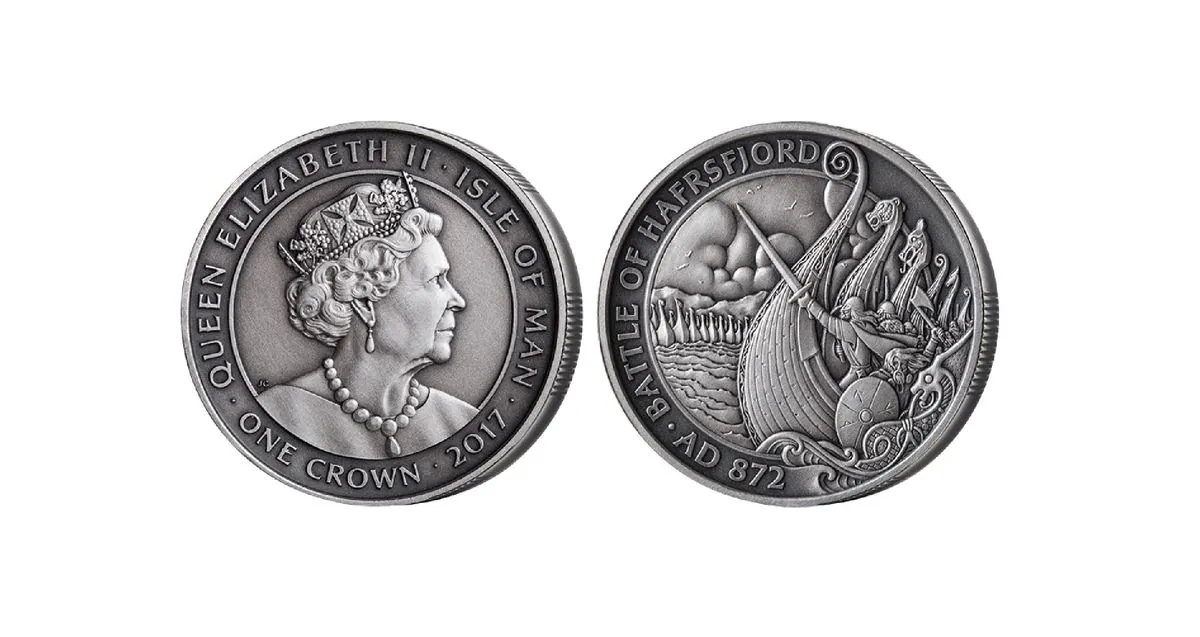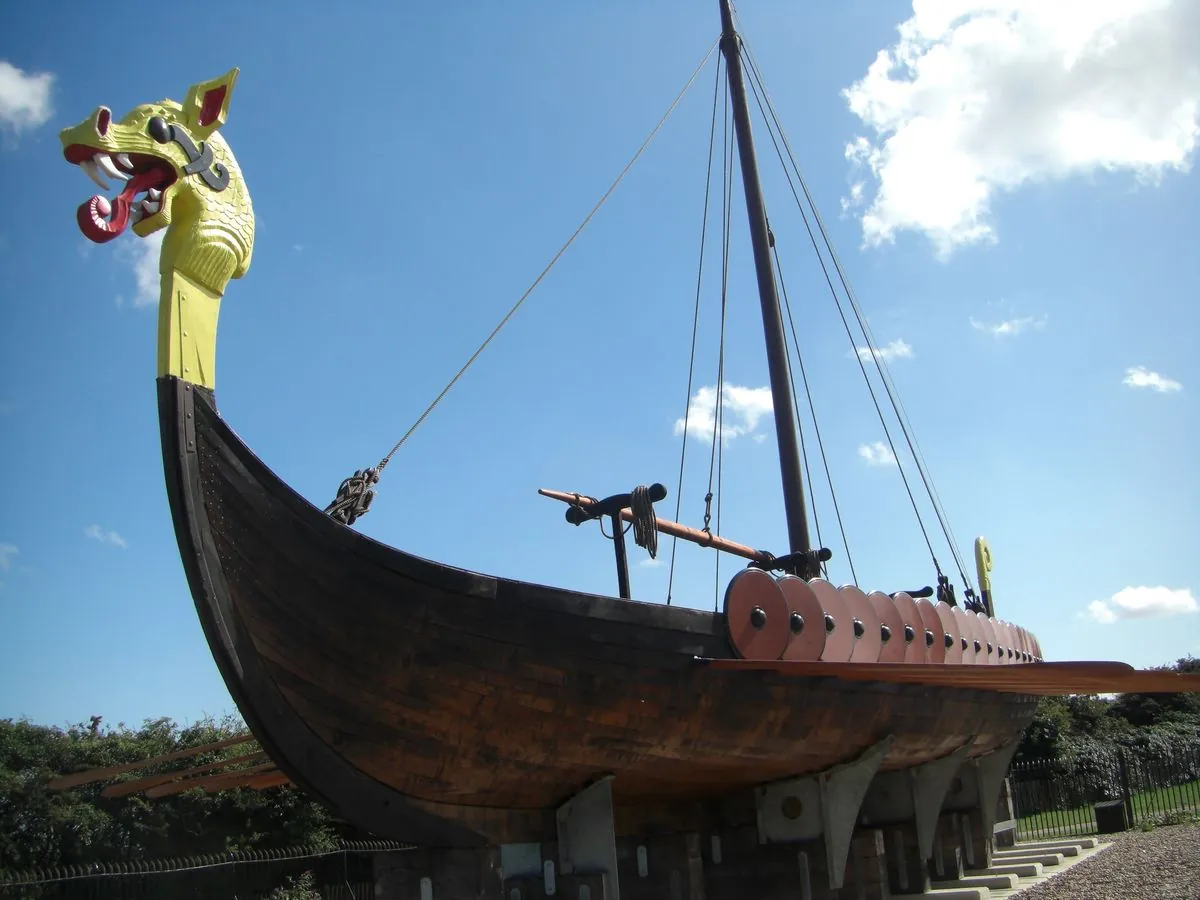Viking-Era Coin Hoard Unearthed on Isle of Man Reveals Ancient Trade Secrets
Metal detectorists discover 1,000-year-old silver coins on the Isle of Man, offering insights into Viking-era economy. The 36-coin hoard, mostly from Edward the Confessor's reign, highlights the island's strategic role in ancient trade routes.

In a remarkable discovery, two British metal detectorists have unearthed a treasure trove of 36 silver coins dating back to the Viking era on the Isle of Man. This find, made in May 2024, offers a fascinating glimpse into the economic landscape of the region a millennium ago.
The majority of these coins were minted during the reign of Edward the Confessor, who ruled England from 1042 to 1066. This period was marked by significant Viking influence, with the coins also featuring earlier rulers such as Aethelred and the Viking king Cnut the Great. The discovery highlights the Isle of Man's strategic importance during this era, serving as a crucial base for Viking traders navigating between Ireland and Britain.
Kristin Bornholdt Collins, a U.S.-based researcher specializing in Viking Age coins from the Isle of Man, likened the hoard to a modern-day wallet containing various currencies. This diversity in coinage reflects the complex economic interactions of the time, showcasing the Isle of Man's role as a hub for international trade.
The Isle of Man, with its rich Viking heritage, has been a treasure trove for archaeologists and historians. Interestingly, more Viking Age silver has been discovered per square kilometer on this island than in England, Ireland, Scotland, or Wales combined. This fact underscores the island's significance during the Viking Age, which lasted from the late 8th to the mid-11th century.

The Vikings, who arrived from Scandinavia in the 800s, initially came as raiders but eventually settled and became traders. Their influence on the Isle of Man was profound, introducing the thing system of governance and leaving a lasting impact on the island's culture. Today, the Isle of Man boasts the Tynwald, a parliament over 1,000 years old, reflecting this Viking legacy.
"Having this much closely dated comparative material from separate finds is highly unusual."
This statement emphasizes the exceptional nature of the discovery and its potential to provide new insights into Viking-era trade and economy.
The Isle of Man, now a Crown Dependency with its own unique governance, continues to preserve its rich history. The island, which has been inhabited since 6500 BC, is not only known for its historical significance but also for modern attractions like the annual TT motorcycle race and its status as a UNESCO Biosphere Reserve since 2016.
The newly discovered hoard has been officially declared as treasure on October 1, 2024. It will be displayed at the Manx Museum in Douglas until October 13, 2024, offering visitors a rare opportunity to witness this tangible link to the island's Viking past. The Manx Museum, founded in 1922, houses the national collections of the Isle of Man and serves as a guardian of the island's rich cultural heritage.
This discovery not only sheds light on ancient trade routes but also reinforces the Isle of Man's unique position in history. With over 100 miles of coastline and a landscape that once welcomed Viking longships capable of navigating shallow waters, the island continues to reveal secrets of its fascinating past, one archaeological find at a time.


































